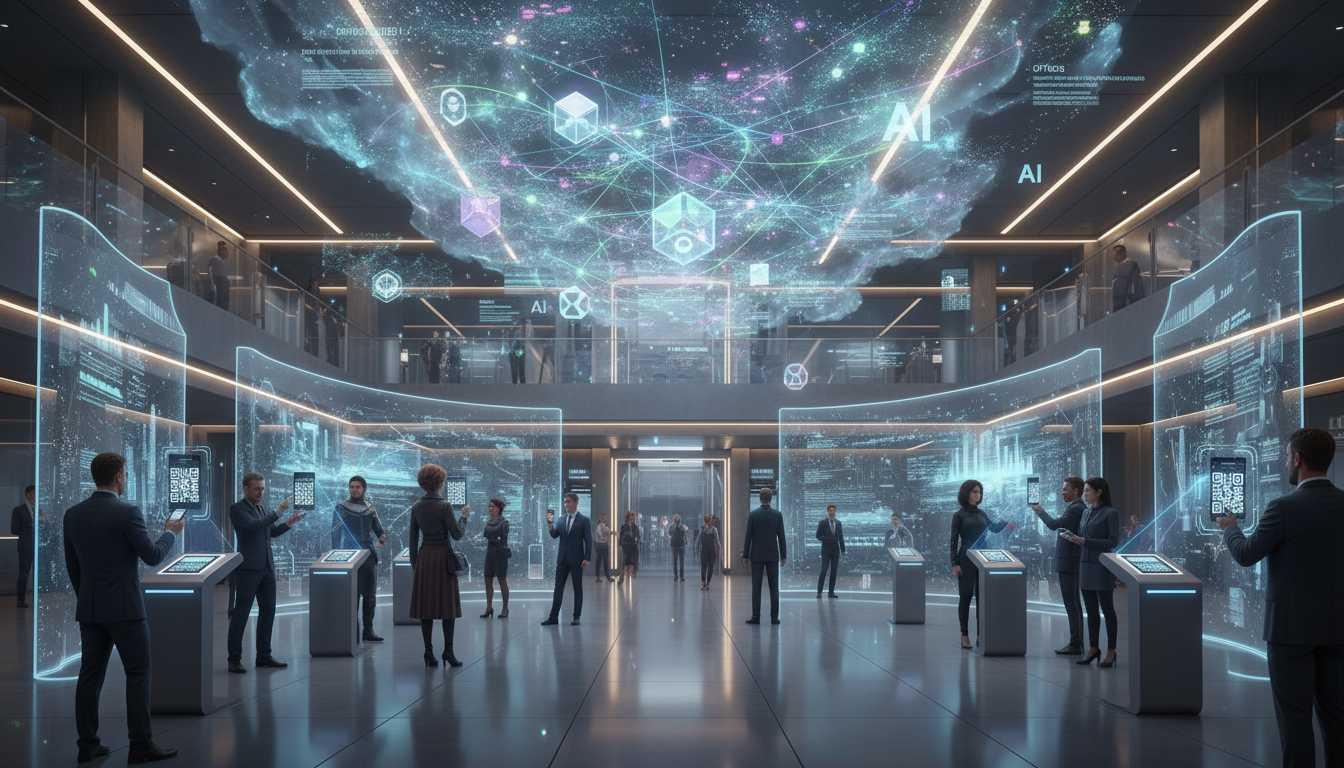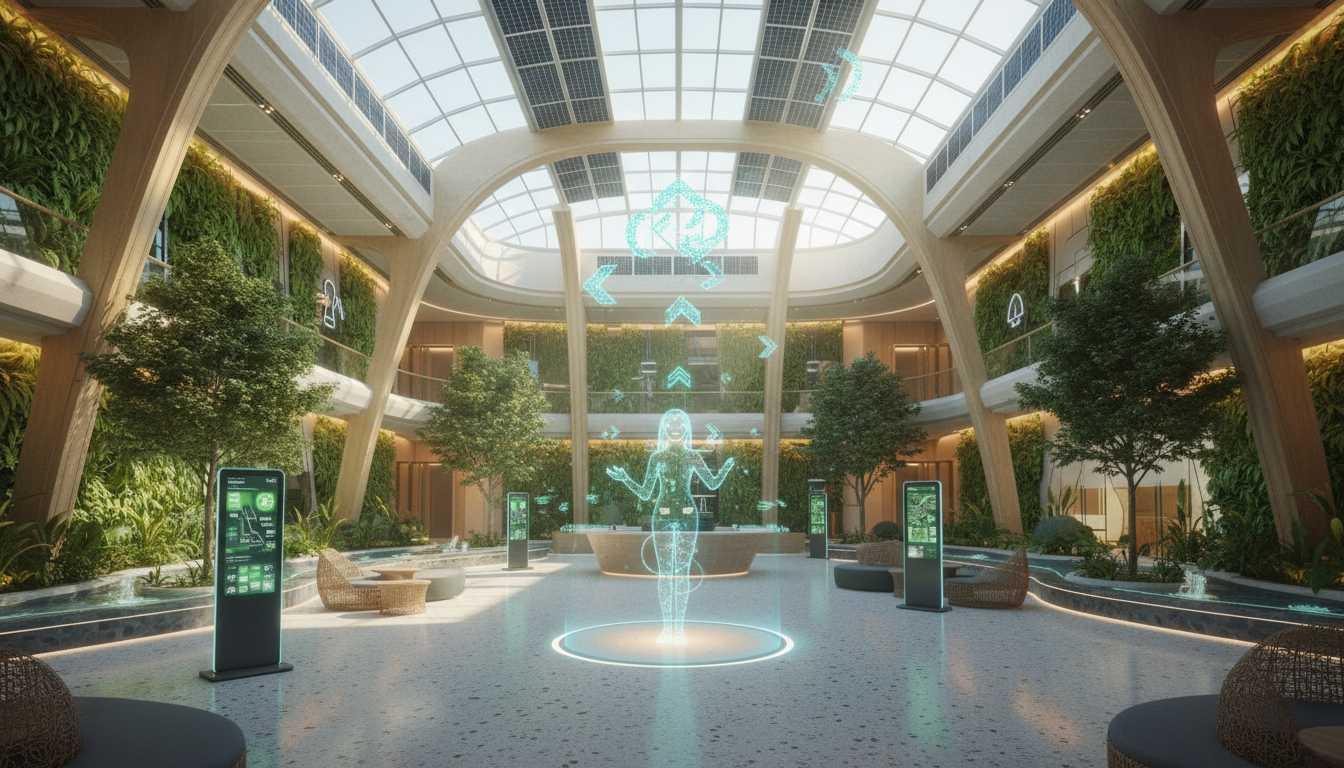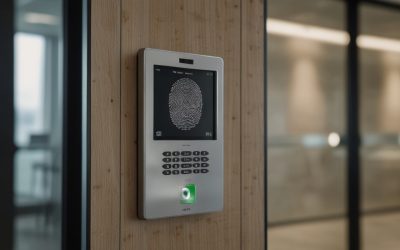
In the early 2010s, visitor management systems were primarily manual, relying on paper logbooks and handwritten entries at reception desks. Visitors would sign in, provide identification, and note their purpose of visit. While this method provided basic recordkeeping, it presented numerous challenges—such as illegible handwriting, lost data, and limited traceability during audits or emergencies. These systems also struggled to uphold data privacy, leaving sensitive visitor information exposed in open registers. As businesses expanded and foot traffic increased, the inefficiency of manual tracking became increasingly evident.
The gradual introduction of basic digital tools marked the beginning of modernization. Early digital visitor management solutions were simple, offering electronic sign-ins and basic data storage. They reduced human error and improved organization, yet lacked real-time synchronization and integration with other security systems. Companies recognized the growing importance of accurate, accessible data and began exploring solutions that could combine convenience with compliance.
By the late 2010s, technological progress in software design and networking infrastructure enabled the emergence of integrated digital systems. These platforms combined registration, ID verification, and data analytics into one cohesive tool. Organizations started adopting tablet-based check-in systems that digitized the entire visitor journey. This digital transformation set the stage for scalable, cloud-powered solutions that prioritized efficiency, data integrity, and a professional image.
The Rise of Cloud-Based and Contactless Solutions

As the demand for automation grew, cloud-based visitor management systems revolutionized how organizations handled guest data. Instead of relying on localized software installations, cloud solutions offered flexibility and centralized data management. Companies could now manage visitor records across multiple locations in real time. Cloud architecture enabled easy scaling, seamless updates, and enhanced data protection through encryption and remote backups. This marked a significant step forward for security-sensitive industries like healthcare, education, and government institutions.
The global pandemic of 2020 further accelerated digital transformation in visitor management. The need for health safety and minimal contact led to widespread adoption of touchless technologies. Visitors began checking in using QR codes, facial recognition, or mobile applications—eliminating the need for shared surfaces or physical badges. These systems often included health questionnaires, temperature scanning, and automatic notifications to hosts. The once-basic visitor management system evolved into a complete safety and compliance solution that supported both public health and operational continuity.
Moreover, integration with IoT and AI technologies elevated these platforms beyond simple registration tools. Smart cameras, access controls, and digital assistants began interacting seamlessly to verify identities and manage visitor flow. Businesses not only improved safety but also delivered faster, more convenient experiences. The result was a system that redefined professionalism, merging technology and hospitality in a single, efficient process.
Smart Integration and the Future of Visitor Experience

The new generation of visitor management systems is defined by intelligent integration. Today’s platforms connect directly with access control systems, surveillance networks, and employee directories, forming part of a unified smart building ecosystem. This integration allows for automated visitor approvals, instant badge printing, and real-time tracking across facilities. With this technology, organizations gain better control over security, space management, and operational efficiency.
AI-powered analytics have become the backbone of predictive visitor management. These systems can forecast peak visitor times, recommend staffing adjustments, and even detect unusual visitor behavior. For instance, an AI-enabled system can identify a repeat visitor who bypasses normal entry protocols and alert security immediately. The data collected also provides valuable insights for optimizing building layouts, improving energy usage, and streamlining workflows.
As personalization grows in importance, visitor management solutions are beginning to offer tailored experiences. For example, pre-registered guests may receive customized greetings, while returning visitors might be automatically recognized and granted specific access privileges. The emphasis is shifting from simple entry management to enhancing comfort, efficiency, and security—making visitor management an integral part of overall workplace experience design.
The Role of Data Privacy and Compliance in Modern Systems

As visitor management systems evolved, so did concerns over data privacy. With digital systems capturing sensitive personal information such as identification, photos, and contact details, organizations needed to ensure compliance with global privacy regulations like GDPR and CCPA. Secure data handling became non-negotiable. Encryption, anonymization, and restricted access protocols were introduced to protect visitor data from unauthorized use or breaches.
Compliance-driven design also influenced how visitor data is stored and accessed. Many systems now include automatic data deletion features, customizable retention periods, and secure audit logs to maintain transparency. Visitors are often informed about how their information will be used and stored, fostering trust and accountability. Moreover, companies began adopting zero-trust security frameworks to safeguard sensitive data and prevent internal misuse.
The intersection of technology and compliance has transformed visitor management into a more responsible and transparent system. As privacy expectations evolve, businesses are focusing on solutions that not only streamline operations but also demonstrate ethical data stewardship. The ability to balance innovation with security will define the next generation of visitor management software.
The Next Decade — Predictive, Sustainable, and Human-Centric Systems

Looking ahead, visitor management systems are set to become even more intelligent and human-centered. Predictive AI will anticipate visitor needs, while automation will manage logistics in real time—from parking allocation to personalized reception messages. The role of human receptionists will evolve to focus on hospitality and relationship-building, supported by advanced technologies that handle repetitive administrative tasks.
Sustainability is also emerging as a major focus. Future systems are expected to minimize paper usage entirely and incorporate energy-efficient hardware. Smart lobbies will integrate with building management systems to optimize lighting, air conditioning, and energy use based on real-time occupancy data. These improvements not only enhance the visitor experience but also contribute to environmental responsibility and corporate sustainability goals.
Finally, human-centric design will take precedence. Visitor management platforms of the future will aim to make guests feel valued, safe, and informed. Whether through intuitive mobile experiences, AI-guided navigation, or multilingual virtual receptionists, the next evolution will merge technology with empathy—transforming visitor management into a personalized, seamless, and sustainable experience for everyone.
RELATED POSTS
Predictions for Access Control Technology in the Next 5 Years
Over the next five years, access control systems are expected to undergo significant evolution driven by security demands, user experience expectations, and advancements in connectivity and computing power. As organizations continue to become more digitized, the need...

